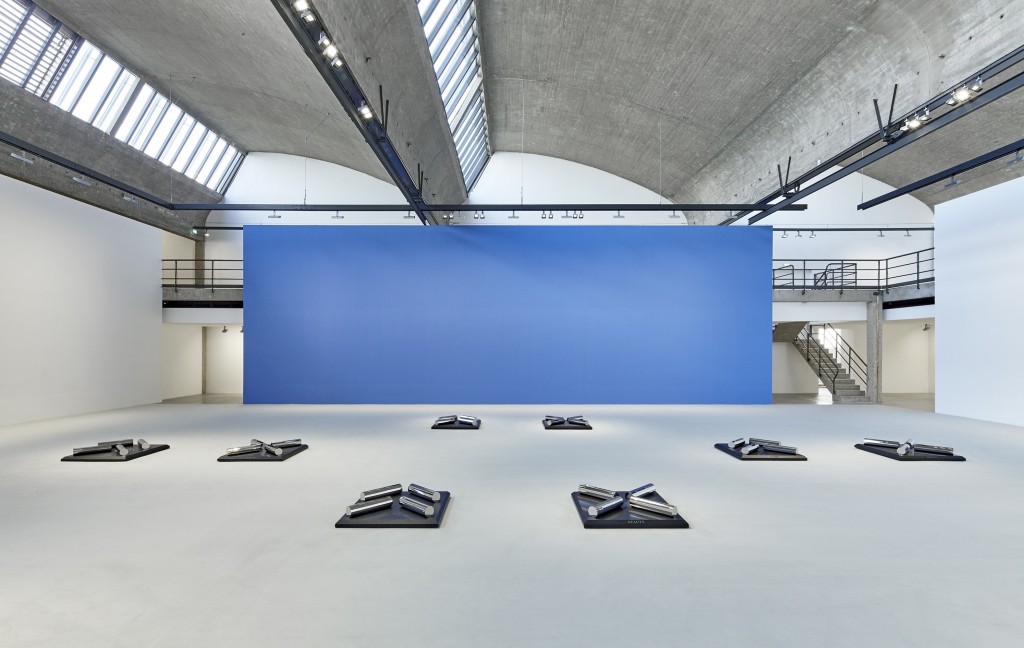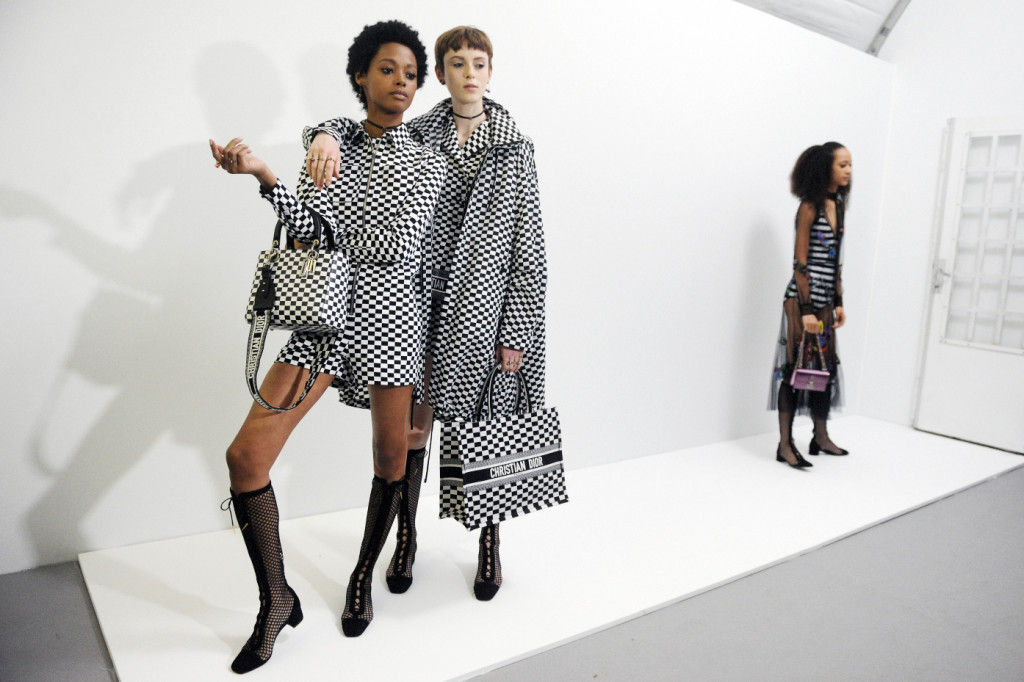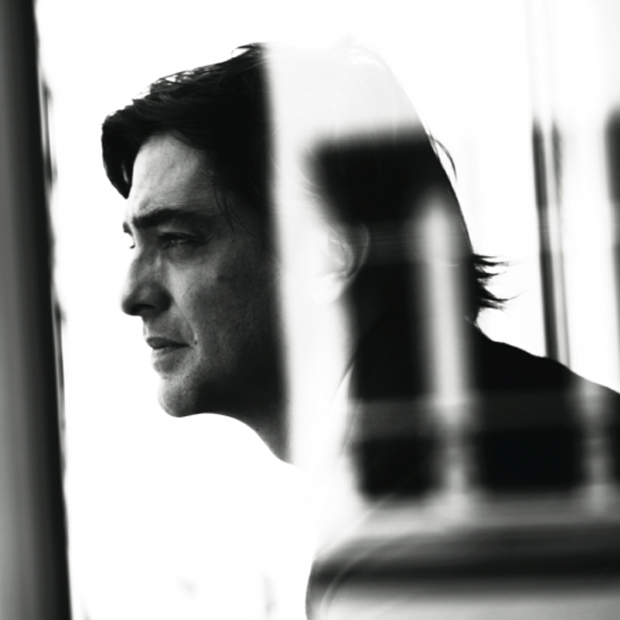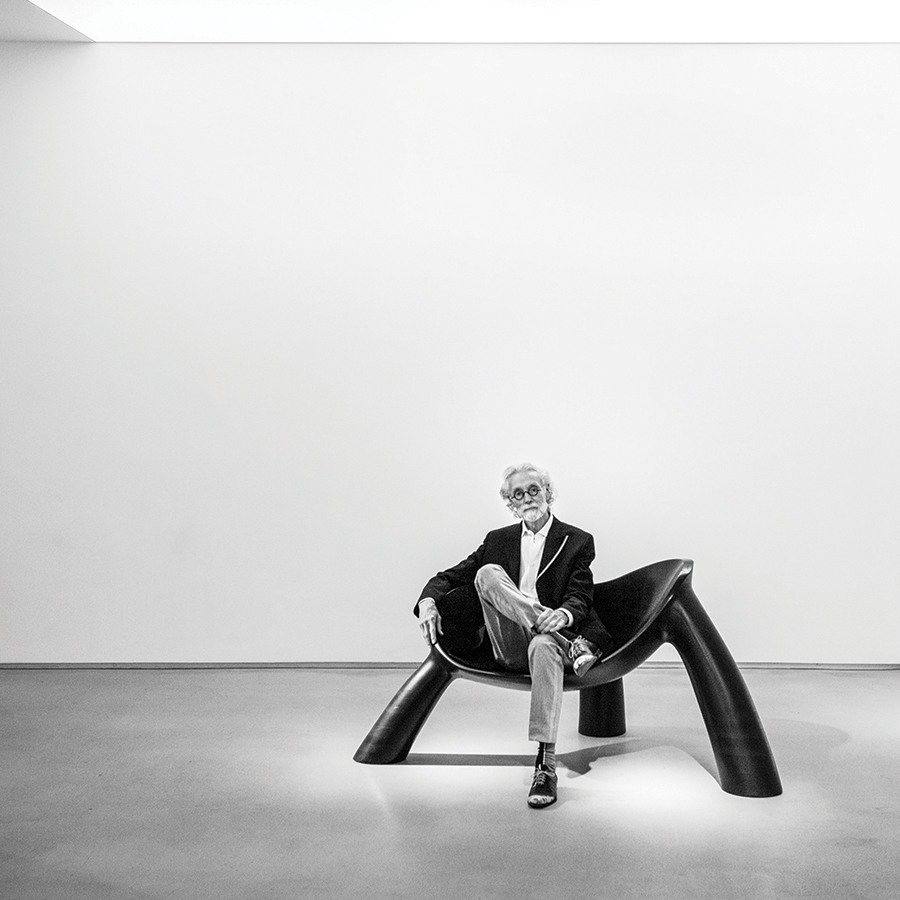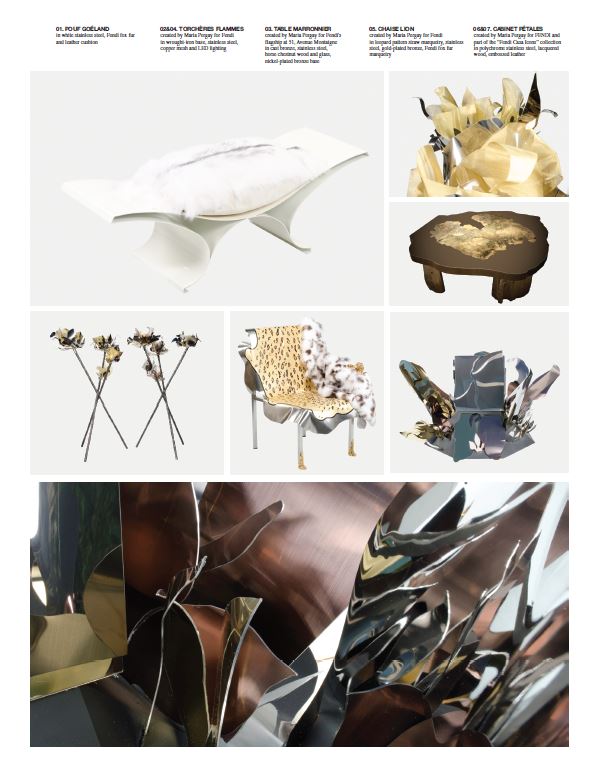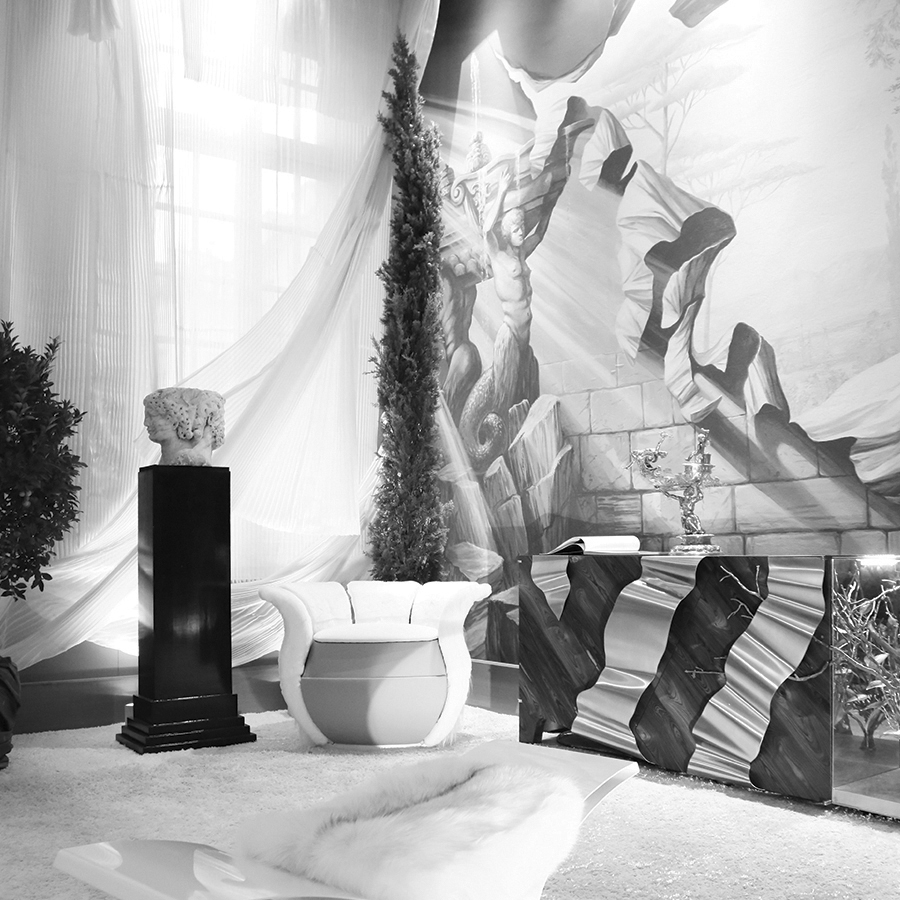
MARIA PERGAY ON ART AND LINES
By Crash redaction
MARIA PERGAY HAS LEFT AN INDELIBLE MARK ON THE HISTORY OF DESIGN. AND AS HER RECENT COLLABORATIONS WITH FENDI SHOW, HER WORK REMAINS A SYMBOL OF EXCELLENCE TO THIS DAY. WITH IDEAS THAT ARE ALWAYS AHEAD OF THEIR TIME, MARIA IS QUITE SIMPLY A VISIONARY. WHAT SHE SHARES WITH FENDI IS AN ENDLESS CAPACITY TO EXPERIMENT WITH MATERIALS: HER BOUNDLESS ENERGY SEEMS TO FEED ON ITSELF. IT’S THIS KIND OF ENERGY THAT HAS FUELED HER THROUGHOUT HER SUCCESSFUL CAREER: YESTERDAY, TODAY AND TOMORROW.
You often talk about how creativity comes to you literally like a vision, and then you help this vision take shape by working closely with ateliers. What is it like when you collaborate with an atelier?
Collaborative projects like these work in a very spontaneous way, like having a passionateconversation about soccer, ping pong or anything else… We don’t stop to ask why we have this passion. That’s just the way it is. What all of us have in common and what brings us together is the same thing I have in common with someone like Silvia Fendi: our passion. Not only our passion for hard work and creativity, since that applies to every designer, but above all our passion for extremely well-made work, for a level of quality that’s worth all our effort, something truly unique that in turn makes us unique. Millions of tables are made every day, but maybe our table will be a little different: it will be like the fruit of our mutual expectations.
So collaboration is an encounter…
Yes, an encounter. Sylvia Fendi looked me up, and we had a chat. We talked about high-quality work, about the search that gets us out of bed every day wide-eyed with excitement at all the possibility, all the things we can do, all the ideas taking shape inside us.
Over the course of your long career in design, have changes in the market forced you to revise your expectations in terms of quality work and artistic excellence?
One of the problems is that in certain fields high-quality training is no longer available. Proof of this is the fact that the media always talk about the same people because the kind of work they do is becoming rarer and rarer. When we’re looking for talent, we look for people who have the same eye for quality as we do. After two or three meetings, it’s a done deal if the artisan feels they can offer something we don’t have. For me, it’s a joy and a pleasure to work with people who have real skills. It’s a miracle, a metamorphosis, a transmutation.
The recent trend of blending artistic techniques has created new titles and new practices: some people now call themselves “artisan designers” or “artistes artisans,” while others who employ rare techniques do not want to be called “artisans d’art,” but instead “designers” or “artists.” What is your take on designers and artists and artisans all reclaiming the right to promote their skills?
They are perfectly right to do so. The only problem I see is that young designers will have trouble creating finished products due to their lack of experience, experimentation and research. Of course their work full of hope, energy and creativity, but it won’t have all the flavor of fully ripe and mature fruit. Whenever I attend professional expos and fairs, I always stop and spend time at stands offering something that might correspond to what I’m looking for or what I like. I’m sincere when I tell a designer they had a good idea but it wasn’t completely finished or they need
more resources. Artistic expression always suffers from a lack of perfectionism. It can be very painful for me because I see all these little flowers shooting out of the ground, I’m not being condescending when I say this, and I don’t want these young designers to give up on themselves. It’s easy to run out of patience or lose all hope of moving forward. They may fall victim to a lack of possibilities. Maybe they’ll have a good idea but they’ll only do the easiest part of it. That’s when they’ll fall victim to this tendency to avoid challenges.
Is this tendency to avoid challenges symptomatic of today’s world, where we want it all right away and everything moves so fast?
We want to do everything very quickly, but things are also very expensive. Sometimes at expos I’ll see certain designers, and I’ll think that they wanted to do things differently, but they just didn’t have the resources. Sometimes designers prefer to see their shortcomings or weaknesses as ideas. I see a variety of challenges: some people lack patience, others lack resources, and a few just don’t have the skills. Some work is a little too sloppy.
What are your thoughts on contemporary design?
I don’t understand when work looks unfinished and the designer doesn’t even seem to realize. I don’t understand how people can simply tie a couple pieces of metal together and put it on the art market. Or some of the giant marble sculptures that are nothing more than rocks with round or square holes poked in them. No, no, no! Take a block of stone and give it Michelangelo and then see what comes out. The ateliers say I’m tough. And yes, I am tough, because I wouldn’t respect myself if I didn’t respect everyone looking at my work.
What do you think about all the borrowing going on between art and design?
Design is completely different than art. Although we can say that design is an art, it isn’t art. Take Starck, for example. He’s an artist of design. He makes extraordinary and affordable objects produced by the million. He can call himself an artist because he’s going to torture a piece of sheet metal, because he is going to imprint it with an idea. And we call it design because the idea will be used to produce a million copies. Starck is a creative type. But I don’t understand someone being called a designer because they made a saucepan with an extra hole in the handle. We’re now seeing a new art form – and I’d like every journalist to call it this, too – I call it “shock art.” And the point is to see who can make the most monstrous, the most extreme thing. It can even be the shock of doing nothing… For me, there is design and the art of design, the same way there is gardening and the art of gardening, which is something completely different. It’s a question of talent. It’s not about giving creative people the freedom to do whatever they want. The important thing is to avoid applying the same label to all creative work.
How do you see yourself?
I think I’m someone who is curious about her art. I want to know how far I can go and what emotions I can produce through the story I tell with my materials. I think back to making the La Vie console table, a time I wasn’t able to use my own little hands to bring out what I wanted to express. But I wanted so badly to be the one doing the work that I just went ahead and grabbed the nearest pair of scissors, which just so happened to be in the hands of a man I was working with. And he had strong enough hands to get the job done. I wrapped my hands around his and guided his movements. When I needed strength, I pressed my hand against his until I got what I wanted. It was as if I was disabled in some way and someone offered me a chance to overcome my disability. It was the whole idea of the root trapped under a steel beam and it still finds its way to the surface because it wants to live. The root bends the steel. It reaches the surface and lives.
You are an inspired woman. What inspires you today?
I would like to investigate my own identity through works on a larger scale.
What do you think of female designers like Charlotte Perriand, Eileen Gray and Ray Eames?
I have my own personal barometer about these things and I don’t feel anything artistic – and I only mean artistic – in Charlotte Perriand’s work. Hers was a time when we had a lot of empty houses to fill. There was a certain reveling in creative invention, a lot like children building a tree house. Charlotte Perriand came out of this period. For me, she’s not a solution, she’s a situation.
And Eileen Gray?
Eileen Gray is different. She didn’t come out of the same postwar world where we needed to furnish a lot of houses very rapidly. She had her own creative universe, her own sense of rigor in her artistic expression and a very passionate relationship with her art. That was Eileen Gray.
Sounds like you have a lot of respect for her artistic approach…
Yes, she has a warmth I can almost touch. She was a socialite, a very witty woman, with a budding artistic sensibility that went through a lot of stages but finally bloomed and matured. One Eileen Gray item doesn’t necessarily look like the next. She was one of the impulsive types, one of a group I call masters of material.
Can you name some of your sources of inspiration?
Museums are full of inspiration for me. But I’ve always had an ardent admiration for Cellini, the 16th century goldsmith and sculptor. For me, he’s a god. He was able to do whatever he wanted with metal, with gold. It’s almost as if you could put your ear against a Cellini work and hear a heartbeat. He was a goldsmith gifted with a divine talent. There is something divine in this kind of mastery over material. He did what exactly what God did: he took a piece of earth, shaped it and created man.






